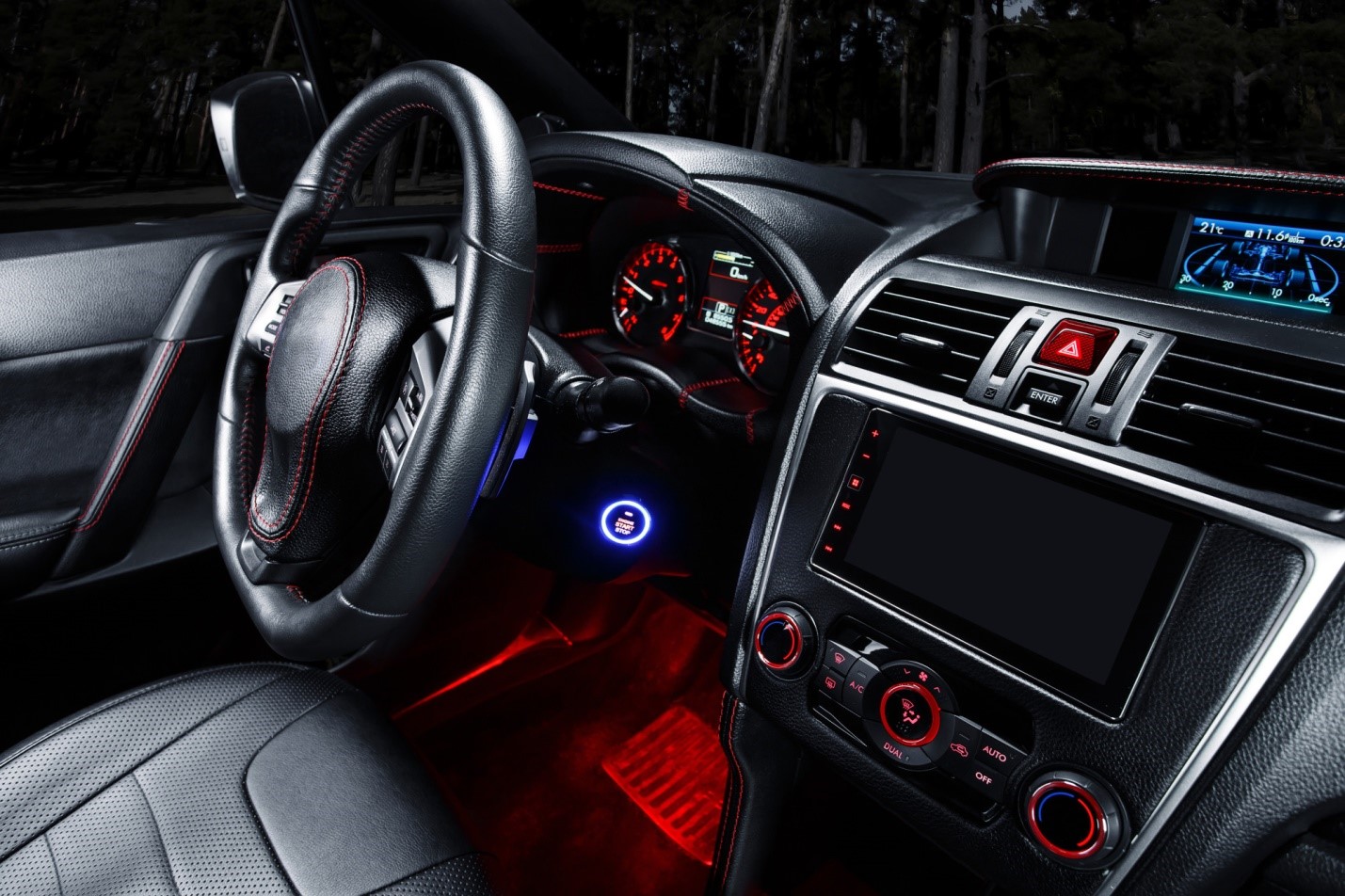You are required to purchase car insurance in most states of America if you own an automobile. As with any purchase, you need to understand the product before you can buy it. Understanding the types of car insurance policies and their coverage helps you decide the best policy that suits your needs.
Types of Policies
There are different types of policies available — Personal injury protection (PIP), Liability, Uninsured motorist coverage, Underinsured motorist coverage, Collision coverage and Comprehensive coverage.
Personal injury protection (PIP) is a medical coverage for injuries that you or others sustain in a car accident. PIP pays your own medical expenses no matter who is at fault. This is a compulsory insurance for all drivers in “no-fault” states. This is often referred to as “no-fault” insurance.
PIP is made up of 2 parts – (i) coverage for medical related costs like hospital bills, doctor fees and payments for any necessary medical equipment, and (ii) reimbursement for non-medical expenses like lost wages or the need to engage someone care for your family.
Liability insurance is what most states require motorists to purchase. This type of auto insurance pays others for damages that you are responsible for. It also pays for legal aid if you’re sued for damages you caused. The two kinds of liability insurance are Bodily Injury Liability coverage and Property Damage Liability coverage.
The Uninsured Motorist Coverage compensates you for the damages caused by an uninsured motorist. Since the uninsured driver obviously has no minimum liability insurance to compensate you, this policy pays for your damages instead. It does not compensate the uninsured driver.
Underinsured Motorist Coverage pays you for damages caused by a driver who has insufficient insurance coverage. This policy compensates you for the difference between his policy limit and your policy limit – so your policy limit has to be higher than his in order for you to receive this benefit.
Collision coverage pays you for damages to your own car, either as a result of your own doing or other driver’s fault.
Comprehensive coverage pays for any damage to your vehicle that is not a result of a collision, such as theft, vandalism, flooding, fire or broken windshield.
Choosing a Policy
You choice of policy is largely influenced by your state’s minimum liability insurance requirements and your car insurance budget. While there’s a strong tendency for you to save on auto insurance, you’ll also need to consider the impact that an accident can cause to your finances. As a driver, you’ll be subjected to such risk if you’re without adequate car insurance in America.
On the other hand, it’s not wise for you to overspend on car insurance. A delicate balance between car insurance premiums and policy coverage can be achieved by taking time to understand what you’re paying for and what to include or exclude in your policy.











